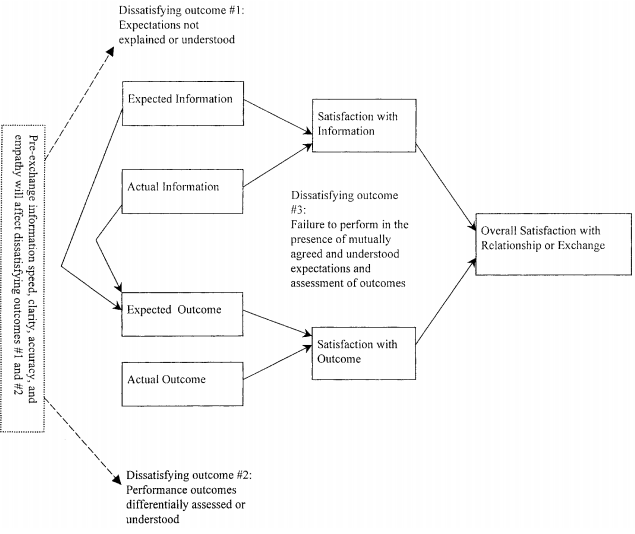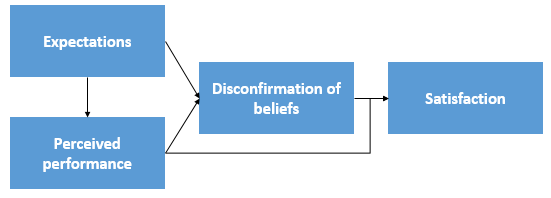Stakeholder Expectations Management
Stakeholder satisfaction is a main factor in a project success. Therefore, for a project manager is vital to have under control the satisfaction of the different stakeholders.
Stakeholder satisfaction is impacted by multiple factors during a project and it can be hard to directly manage it, but it can be improved by managing and aligning the stakeholder expectations. In fact as illustrated by the expectancy disconfirmation model the stakeholder satisfaction is given by the discrepancy between the perceived performance of and the prior expectations about the outcomes.
Expectations usually differ between the different parties in a project and as the number of stakeholders arises aligning becomes more and more difficult.
This article will present a set of tools to evaluate and align stakeholder expectations, both in the planning and execution phases. The tools will focus on stakeholder identification and categorization and on communications strategies.
Contents |
Project Management and Stakeholder Management
Stakeholders are defined by the ISO 21500 standard as "a person, group or organisation that has interests in, or can affect, be affected by, or perceive itself to be affected by, any aspect of the project" [ISO21500. 2012. Guidance on Project Management. International Organization for Standardization]. Therefore, any project leader should identify analyse and categorize all the key stakeholders defining which interests they have and how important they are for the completion of the project.
Stakeholder Management is used to describe the process of identifying, assessing and building a relationship with the stakeholders. [How to do projects]
Different theories provide different criteria for project success; however recent literature is converging on defining the project success as a result of stakeholder satisfaction. Other tools like the triple constraint (http://apppm.man.dtu.dk/index.php/Project_Management_Triangle) should be used when monitoring and controlling to check whether the project is deviating from its baseline and business criteria should be taken into account. But these are not the right indicators to evaluate if a project is a success or a failure. [1]
The importance of expectations in stakeholder satisfaction
From the previous section we understood how important ending the project with satisfied stakeholder is for the project success. In this section two theories on the elements will be presented to understand how managing stakeholder expectation is the first step in stakeholder satisfaction.
Expectation confirmation theory
Expectation confirmation [2] theory is a cognitive theory developed in the '70 by Richard L. Oliver. It was developed in a marketing literature but from there it was applied in multiple fields since its versatility and simplicity. The first application was to explain post-purchase or post-adoption satisfaction. This effect is mediated through positive or negative dis-confirmation between expectations and performance. If a product outperforms expectations (positive dis-confirmation) post-purchase satisfaction will result. If a product falls short of expectations (negative dis-confirmation) the consumer is likely to be dissatisfied. [3] Although this gap model of satisfaction was developed primarily within marketing to explain customer satisfaction, it is likely that the relationships apply to other stakeholder groups (Taylor, 1993)
Stakeholder satisfaction model
Stakeholder satisfaction model was developed in 2001 as an extension to the expectation confirmation theory. In this model, satisfaction is thought to be a two-phase process of:
1) communicating accurate information regarding realistic expectations of the exchange or relationship, as well as accurate depictions of actual performance, and
2) providing actual performance, which equals or exceeds expected performance.
 Figure 2: Stakeholder satisfaction model
Figure 2: Stakeholder satisfaction model
